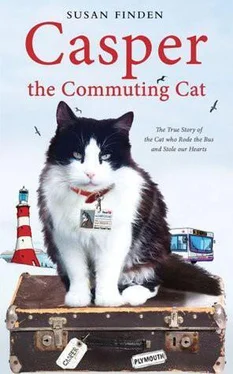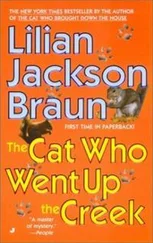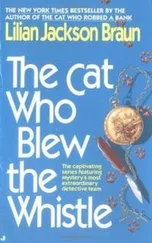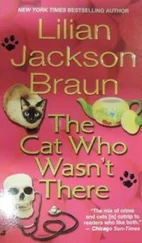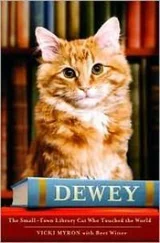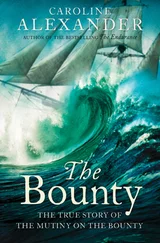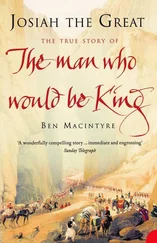After a few minutes the man came back on the line and said, ‘It says Bonnie. I’m sorry – is that your cat?’
Through the tears I told him that she was indeed mine, and asked what he would do with her now He paused for a few seconds, then answered, ‘The same thing we do with all of them, dear.’
‘Which is?’ I forced myself to ask.
‘I’m sorry, dear, but we have to get rid of them.’
I wanted to scream.
This was a lost life; a creature had died too soon, too horribly. I felt panic kick in. ‘No!’ I shouted. ‘Please, please don’t do that. I can’t drive but I’ll get a taxi there as soon as I can. I need to say goodbye and I need to make sure she’s treated properly.’
Thankfully, the man was extremely kind – perhaps my words had touched him in some way. ‘Don’t do that, dear,’ he said. ‘I’ll bring her to you.’ He took down my address and said he would come as soon as he could.
When he did bring her home to me, it took a while for me to pluck up courage to look at her but I hope what I found will be of comfort to others. It was quite amazing. There were no marks whatsoever on Bonnie, no indication that she was anything other than asleep.
I rang the vet to ask whether I could bring her in to be cremated and took her as soon as I could pull myself together. It was the last thing I could do for Bonnie; it’s the last thing I can do for all my darling cats. I’ve never buried any of them in the garden but perhaps the reason I don’t will seem silly. We move house so often that I’d feel I was deserting them – again. They would be left there alone, and the many souls we’ve shared our lives with would be without each other. I think it’s better to know in advance what I will do when the sad day of farewell arrives. Each of them is treated in the same way and I can only hope that we will meet again one day. I try to help them, and I always love them, but sometimes my heart hurts from the loss.
CHAPTER 12
A Match Made in Heaven
When I married Chris, he’d lived in the same place all his life. He must have got quite a shock when he ended up with me, because I would move every month given half the chance. Perhaps it was because I’d been uprooted as such a young child, and never really felt settled, that I never felt the pull of one location or the sense that I never wanted to leave. I’ve loved all the homes we’ve set up together, but I’m not overly sentimental about them, because I know that a loving environment can be created anywhere and it has little to do with bricks and mortar. As long as I have my cats, I’m happy.
Although the children left long ago, and I’m now a grandmother, part of me still wants to create a perfect home – only now I’d be doing it for my kitties. So it was no surprise to anyone when I announced that I was looking for another place. Another move was on the cards – this time to Plymouth. I felt like a change of scenery, as I so often did. How could Chris and I have possibly known that this would be the place where one of our cats would become internationally recognized?
Casper was moving to a place that in many ways epitomizes English spirit and history. Plymouth is a beautiful city with a heritage stretching back more than a thousand years to Saxon times. The links between the land and the sea have played a large part in its history, with the city established on moorland to the north and the English Channel to the south. Rivers run through and across it, and its name comes from the River Plym to the east.
Farming land and communities at the mouth of the Plym can be traced to the Domesday Book of 1086. One farm mentioned there – Sudtone, which means South Farm – developed into Sutton Harbour, which became the centre of medieval Plymouth. For almost eight hundred years cargo has been leaving Plymouth, which became an important, busy and wealthy place as time went on. In 1254 its town status was recognized by Royal Charter, and in 1439 Plymouth was the first town in England to be granted a Charter by Parliament.
Trade blossomed, not only with other areas of England, but also across Europe. The times were not without their troubles, however. As frequent wars with France brought attacks on the town, barriers and fortifications were built; some of these can still be seen to this day. Plymouth’s growth sprung from a combination of maritime development, trade and military importance.
Plymouth became enshrined in world history when Sir Francis Drake masterminded the defeat of the Spanish Armada and then the first ever circumnavigation of the globe from the town. Indeed, the familiar story of Drake casually playing bowls as the Armada sailed up the Channel in 1588 is said to have taken place on Plymouth Hoe. For many people, Plymouth is most celebrated for being the site from which the pilgrims who were persecuted for their religious beliefs in the early seventeenth century left for the New World on the Mayflower in the hope of finding freedom and tolerance, and established their own Plymouth community.
This remarkable history continued for centuries. I like to think that the spirit of adventure and love of travel that is so much a part of the city is what made Casper so loved. In him, the people of Plymouth recognized one of their own. He may not have been born there, he may not have lived there all his life, but he adopted the character of that fine old English city.
After much searching, we found a house we liked and moved to a place called St Budeaux, an area named after a bishop from Brittany (Saint Budoc) who founded a settlement here around 480AD. A small church was built, which was eventually dedicated to Saint Budoc. The village was taken over during the Norman Conquest. Like so much of Plymouth, St Budoc was mentioned in the Domesday Book – as a village known as Bucheside – and valued at the princely sum of thirty shillings, which was quite a lot of money in those days. Over the next few centuries, the name changed frequently before becoming St Budeaux. The area became well known in the sixteenth century when Sir Francis Drake married a local woman (Lady Drake was buried in the churchyard).
During the Civil War, St Budeaux and the surrounding villages swore their allegiance to the Parliamentarian cause and the church was attacked by the forces of Royalist Cornwall and used as a garrison. It was almost destroyed by the end of the war, and not fully rebuilt for many years.
As time went on, the parish grew in size. Growth increased with the construction of the Royal Albert Bridge and the development of roads throughout the nineteenth century. In 1899 St Budeaux combined with the town of Devonport, and by the start of the First World War it was amalgamated into the city of Plymouth. The Second World War resulted in many homes being bombed, and, once this period had ended, there was a huge rebuilding programme. There are many ex-forces houses in the area. St Budeaux is typical of many places in England – a mixture of housing, local shops, schools and community centres. It is very ordinary and very normal.
I think that is why so many people have been drawn to Casper. Had he been a grand cat from some posh country estate, or a pedigree cat who was groomed and pampered to within an inch of his life, would there have been so much interest? I don’t think so. Casper was everyone’s cat. He was an ordinary little moggy loved and beautiful, but the sort of boy who reminded people of their own cats. I like to think that, as they read or heard Casper’s story, they looked at their own pets and wondered what they got up to. Or perhaps they wondered where Tiddles was when they were laughing about Casper’s bus ride, then suddenly realized that maybe Tiddles was up to the very same thing.
Читать дальше
